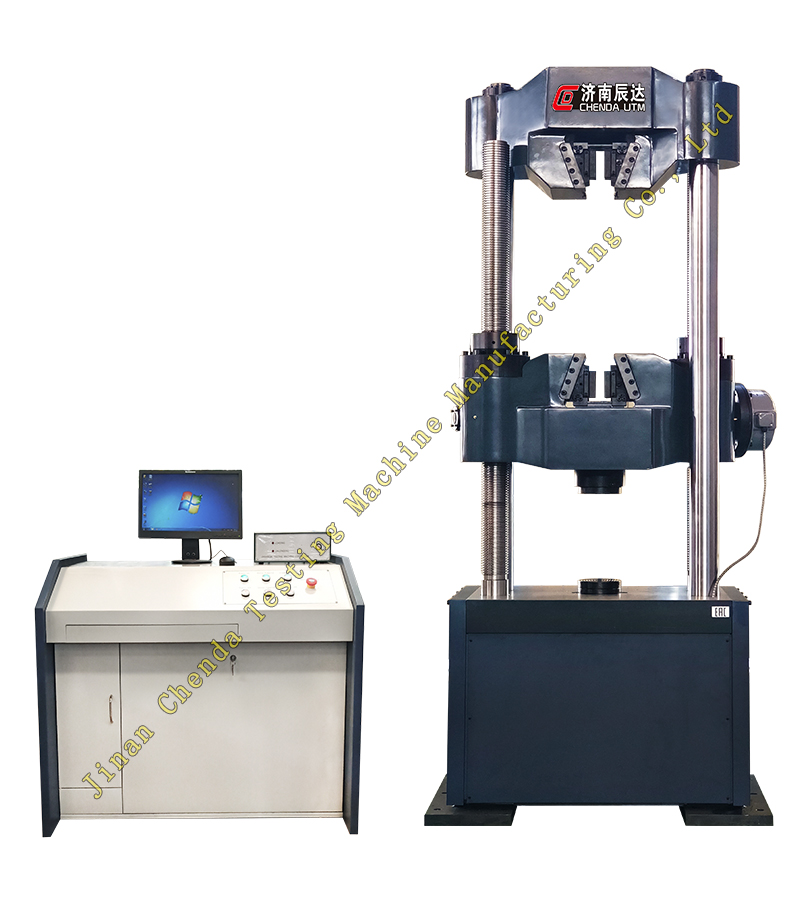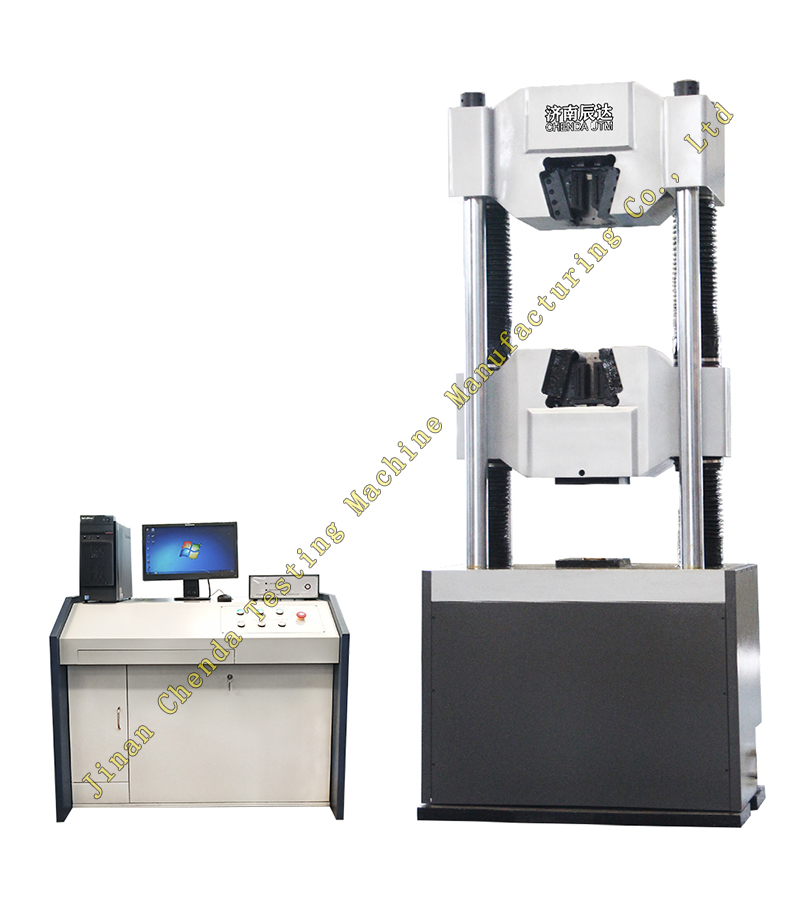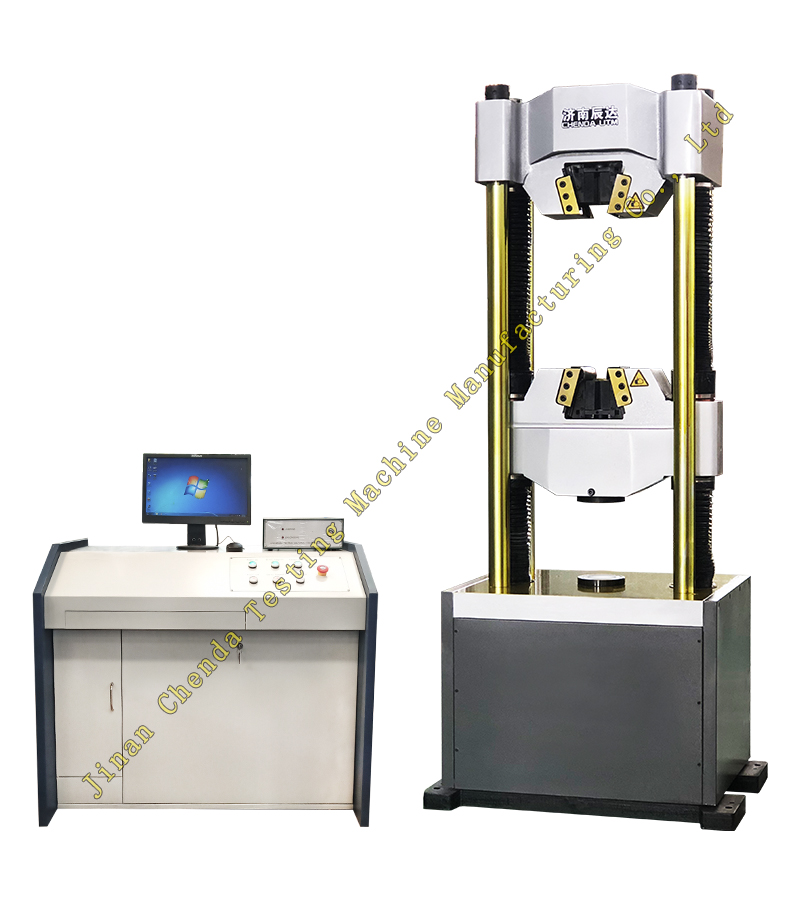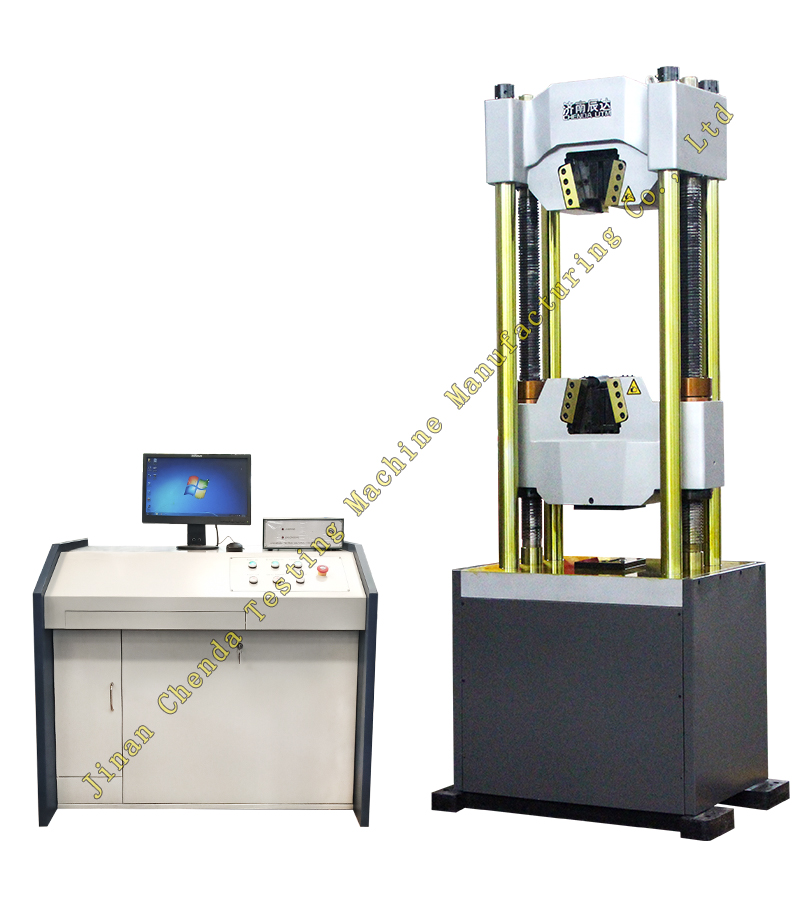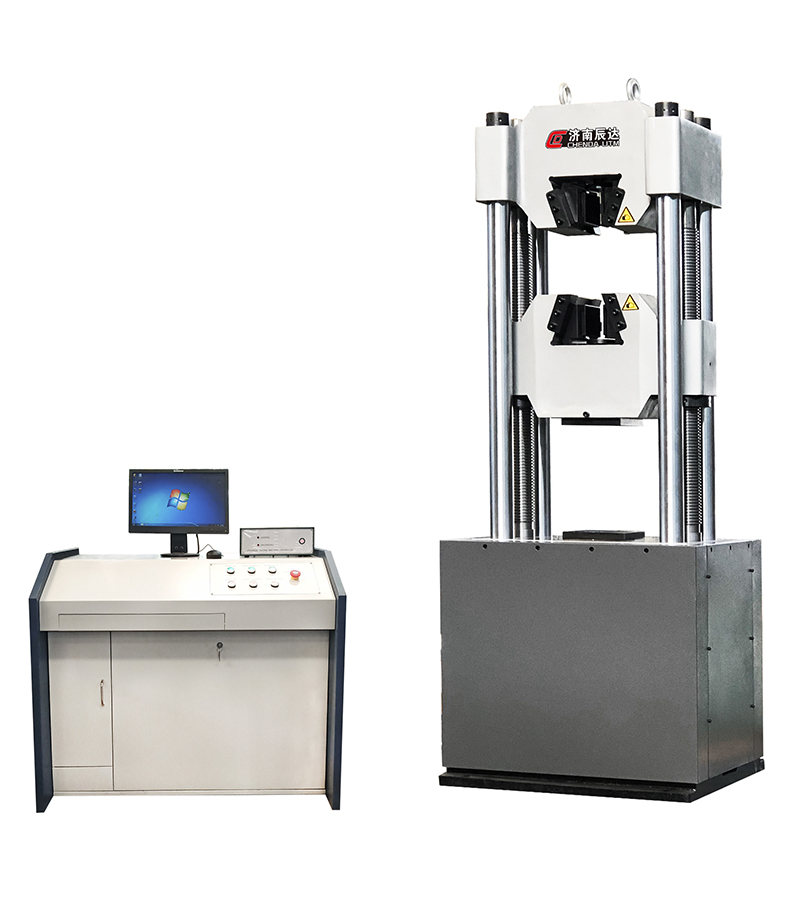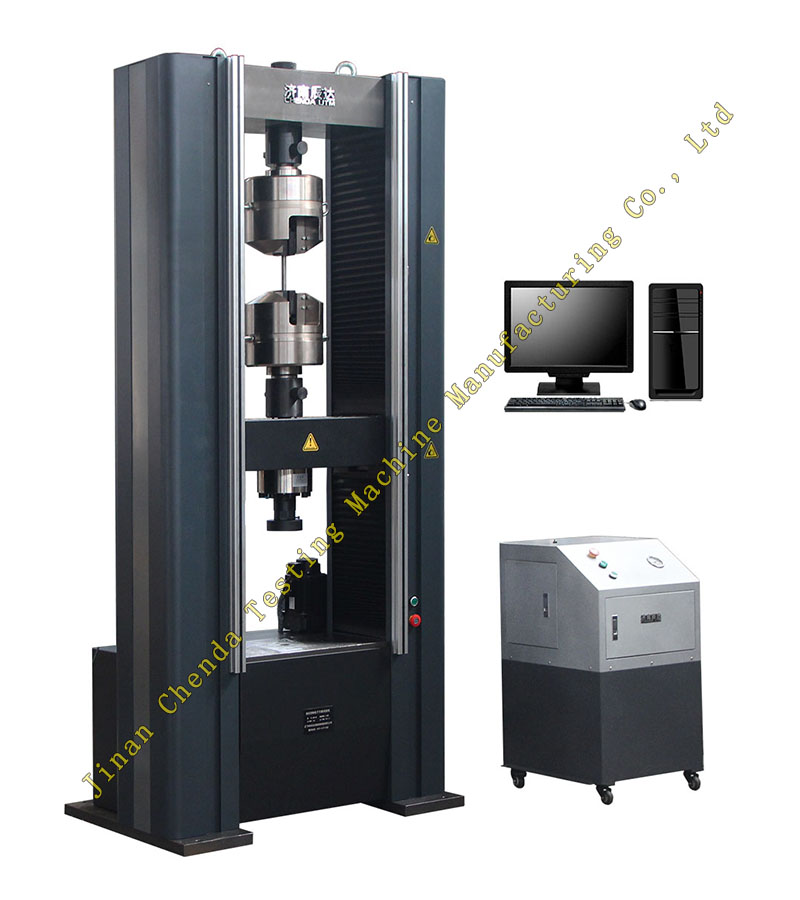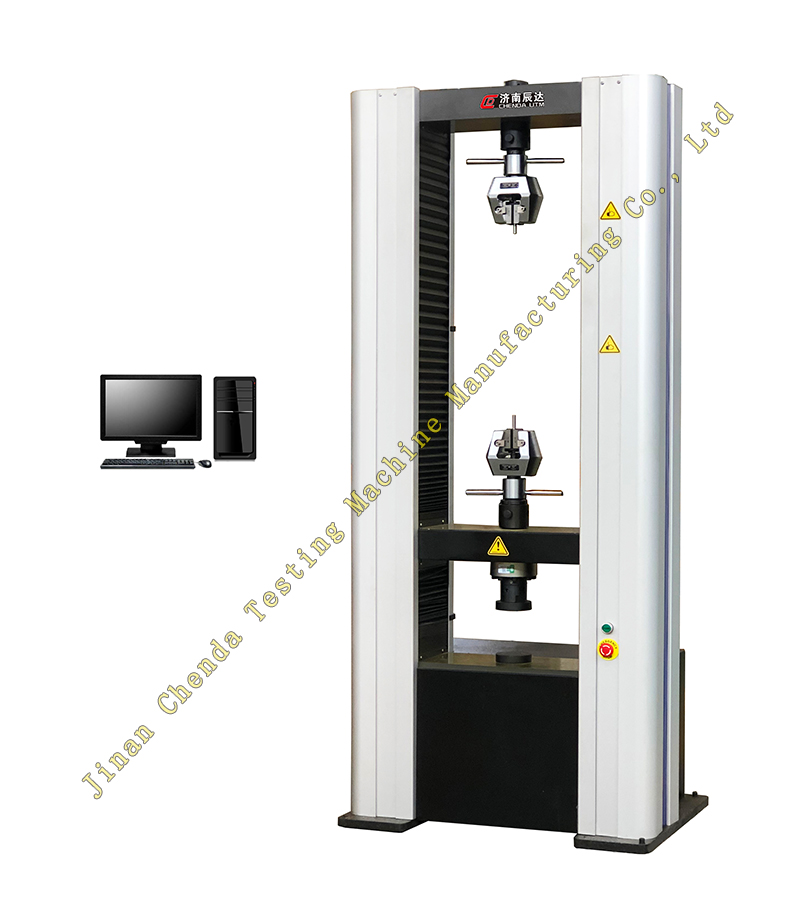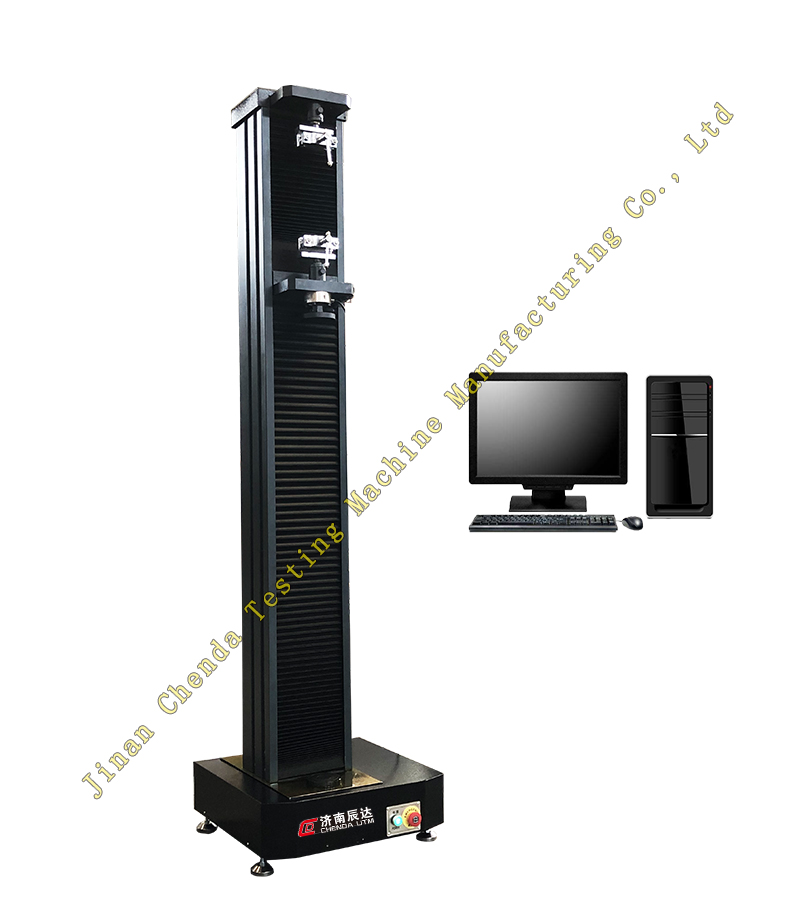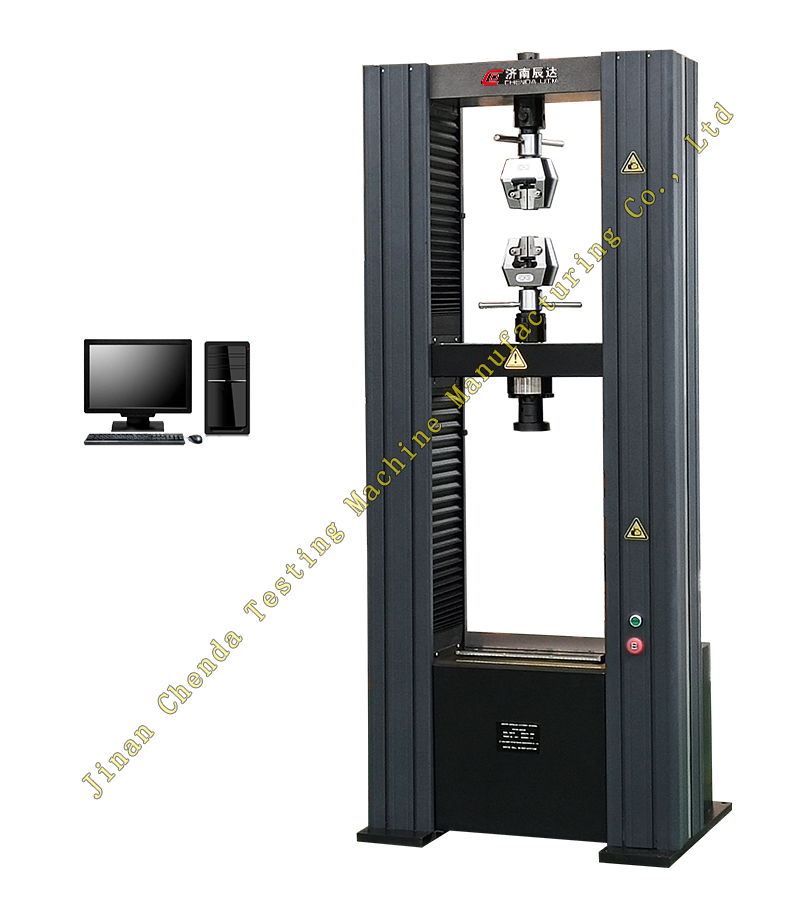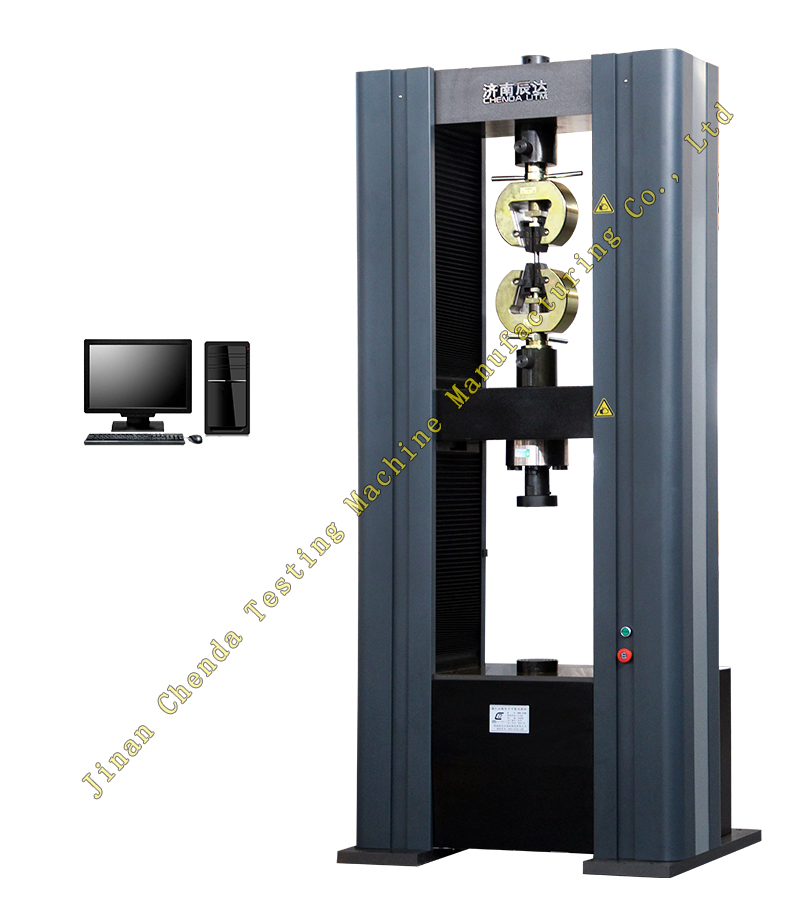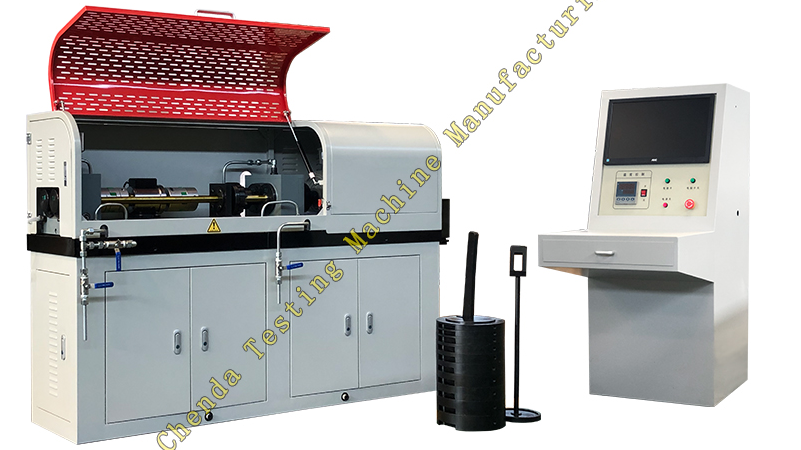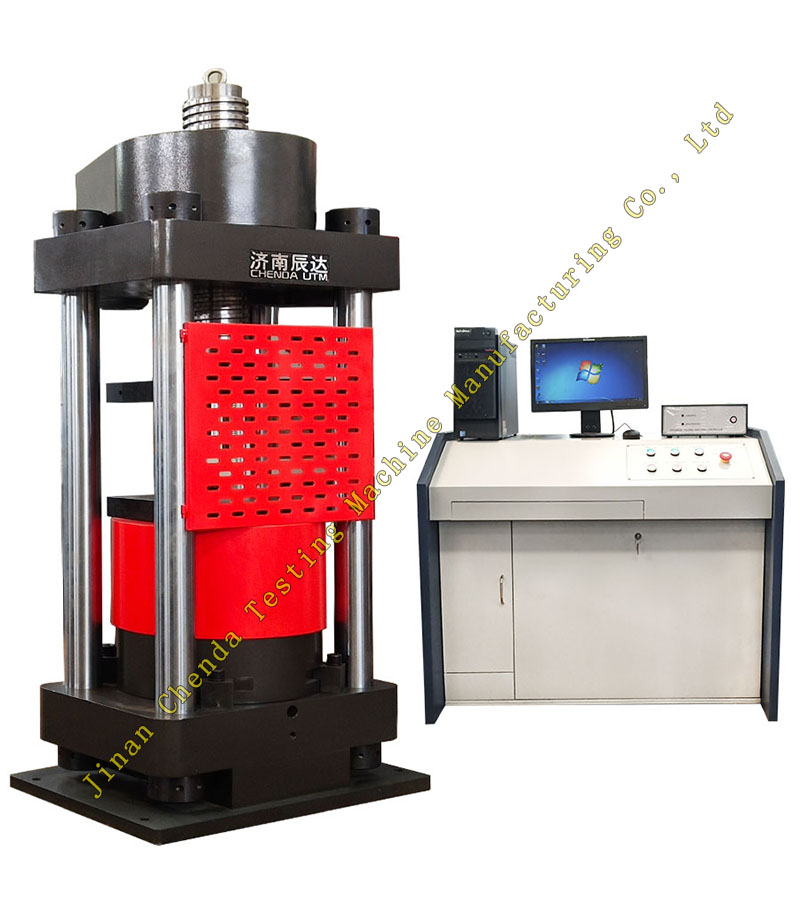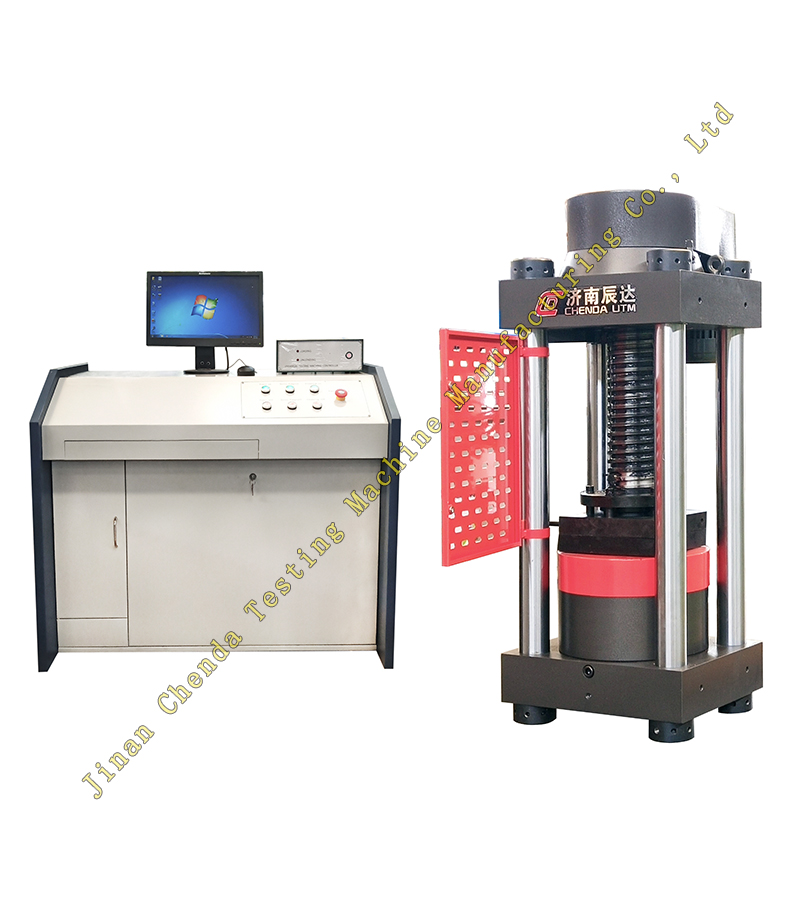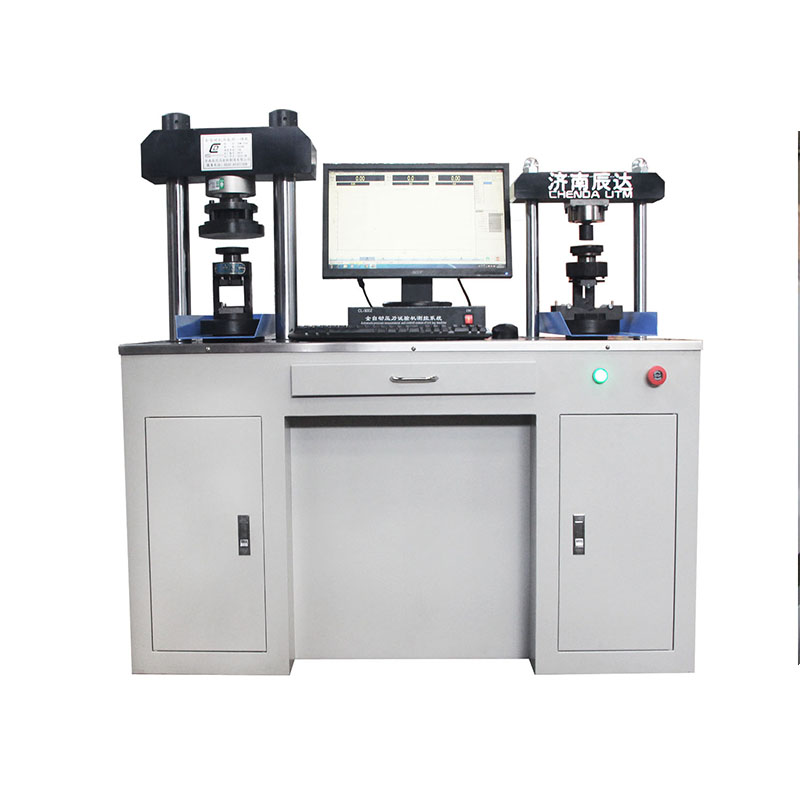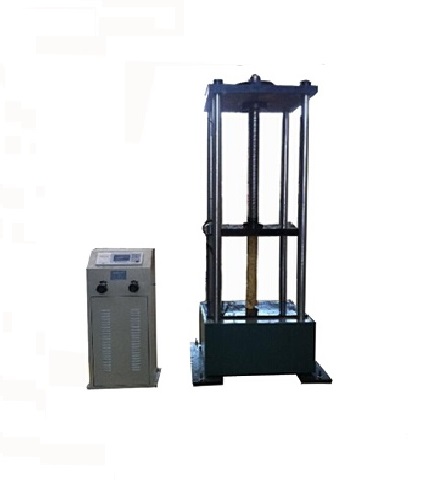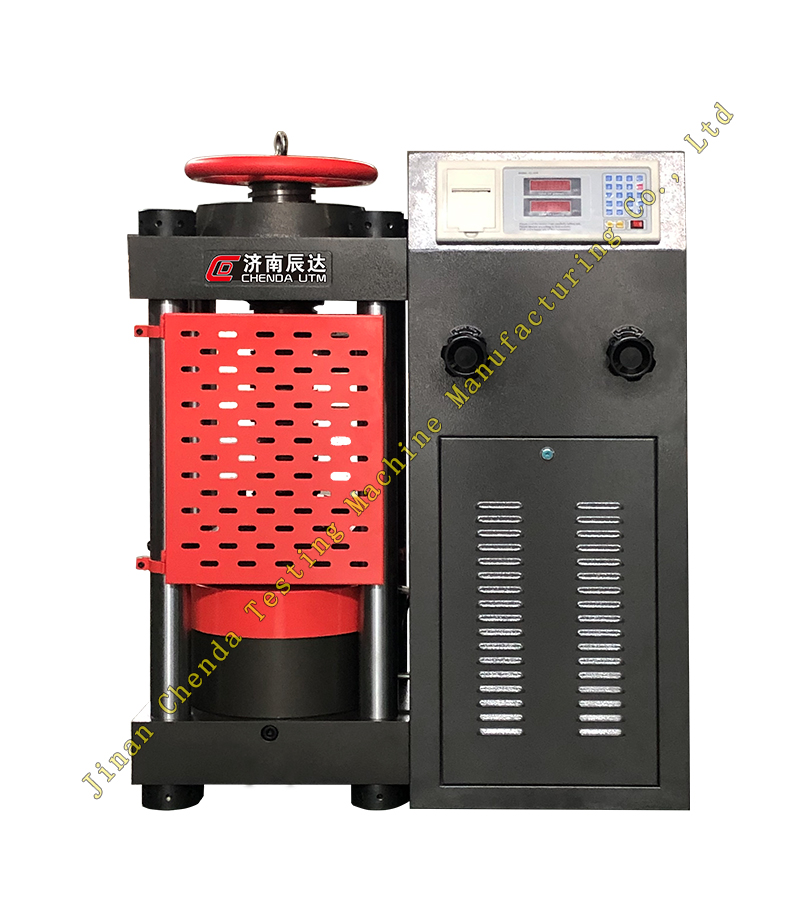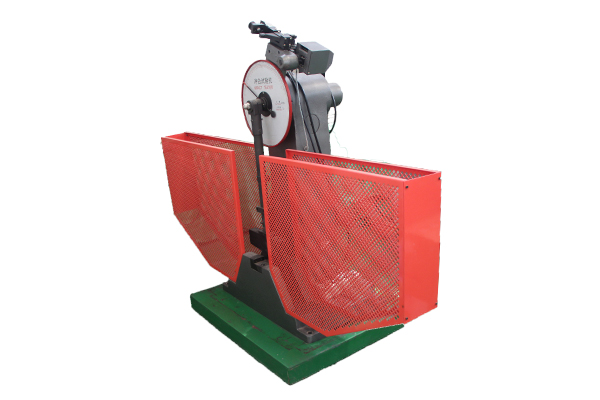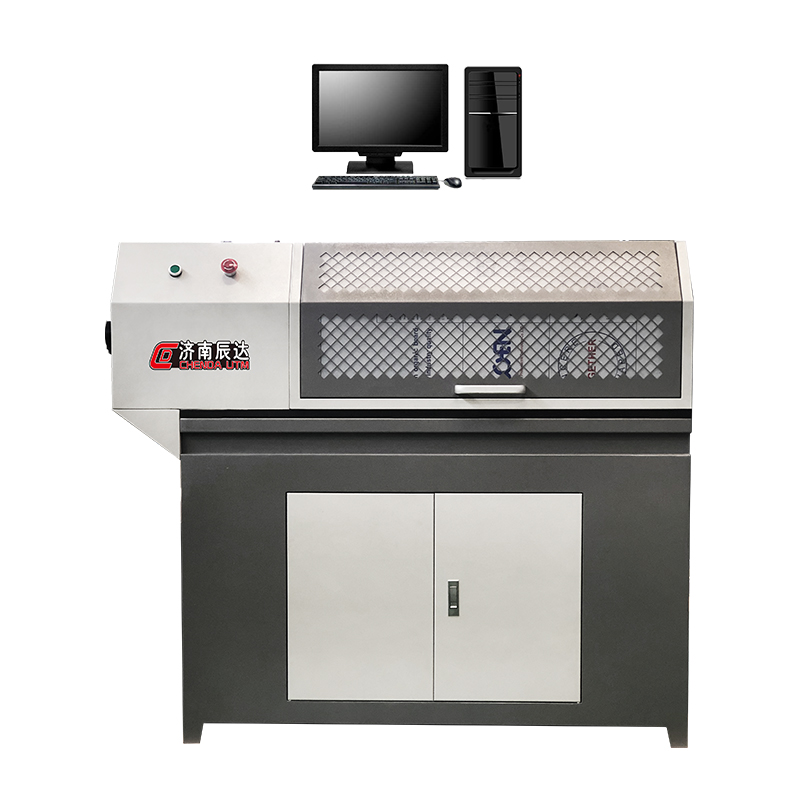
The test method of material torsion testing machine is mainly used to determine the mechanical properties of materials under torsional load. The common methods are as follows:
1. Room temperature torsion test
This is the most basic experimental method, which applies a torsional moment to the specimen at room temperature and measures the torque angle curve to determine the material's torsional yield strength, torsional strength, shear modulus, and other indicators. Suitable for routine mechanical performance evaluation of homogeneous materials such as metals and plastics, the testing process follows standards such as GB/T 10128 and ASTM E143.
2. High/low temperature torsion test
By equipping the testing machine with an environmental chamber, the sample is placed in a specific temperature (such as a high-temperature furnace or low-temperature tank) for torsion testing. Mainly used to study the torsional performance of materials at extreme temperatures, such as the reliability analysis of aerospace materials in high and low temperature alternating environments, or the high-temperature mechanical behavior of high-temperature alloys.
3. Cyclic torsional fatigue test
Apply cyclic alternating torque to the specimen, simulate repeated torsional loads under actual working conditions, to evaluate the fatigue resistance of the material, and determine the torsional fatigue limit or life curve (S-N curve). Suitable for material testing of components such as gears and shafts that are subjected to cyclic torsional loads.
4. Composite load torsion test
Simultaneously applying tensile, compressive, or bending loads while twisting to simulate the performance of materials under complex stress states. For example, conducting a "torsion+tension" composite test on components such as bolts and transmission shafts is more closely related to the multi-directional stress conditions in actual service environments.
5. Non destructive torsion detection
Evaluate the impact of internal defects (such as cracks and inclusions) on mechanical properties by monitoring signals such as acoustic emission and strain distribution during the twisting process. This method does not damage the sample and is suitable for quality control or safety assessment of in use components.
These methods can be flexibly selected based on material types, application scenarios, and testing purposes, providing data support for material design, process optimization, and failure analysis.
